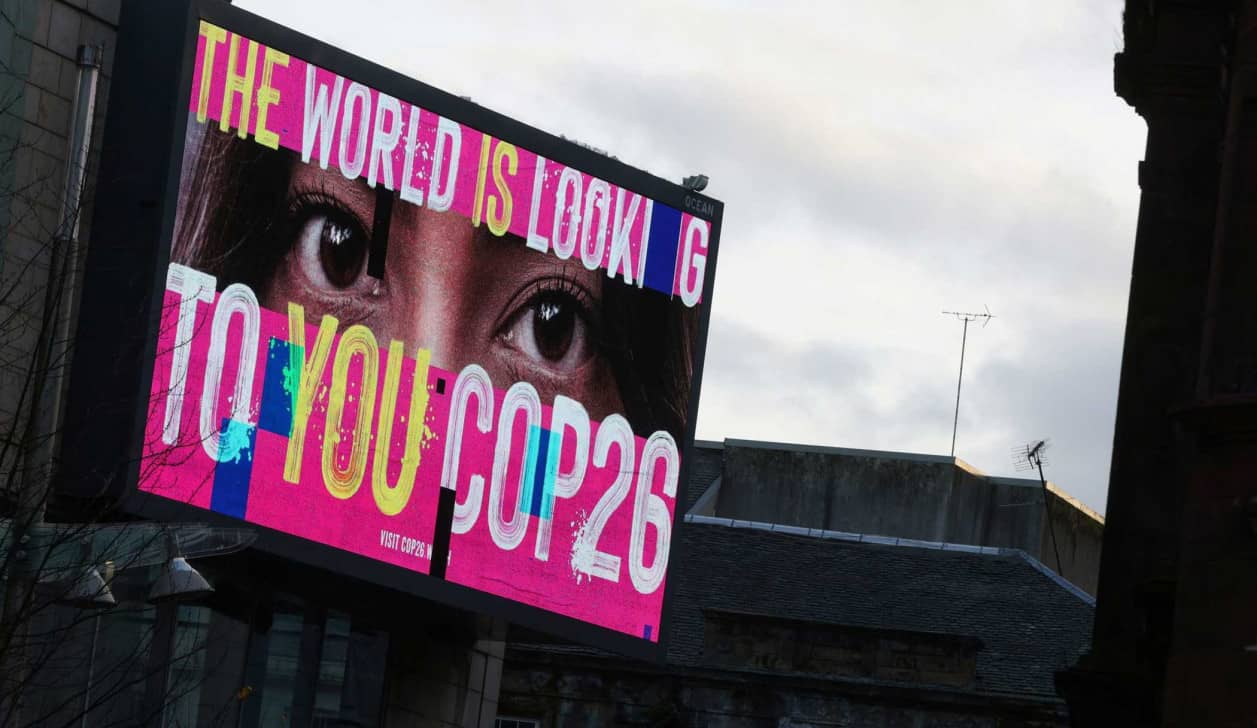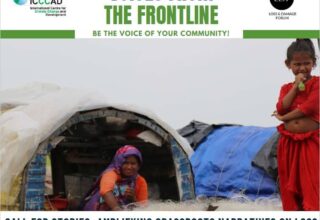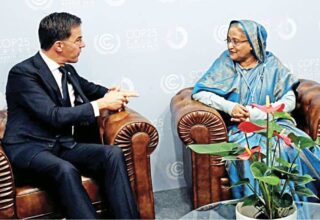
Going into COP26 in Glasgow, Scotland in November, it was already clear that the most vulnerable developing countries wanted the topic of loss and damage from human-induced climate change to get significant attention in the COP process, as well as outside the COP process. Now, after COP26 is over, we can discuss what was achieved, as well as what was not achieved, and where we will go from here as we head towards COP27 in Egypt in November 2022.
The first item to discuss would be the follow-up of the decision from the 2019 COP25 in Madrid to set up the Santiago Network on Loss and Damage (SNLD) to provide research and technical assistance on the issue of loss and damage from human-induced climate change. However, the COP25 decision did not work out the details of how the SNLD would be set up and what exactly it would do. These issues were discussed in the first week of COP26 in Glasgow and a way forward was agreed upon, including the decision to hold further workshops and finalise the setup in COP27 next year.
While this was indeed a positive outcome, it only touched on the technical assistance required for loss and damage and did not address any realistic aspects of it, such as finance.
So, in the second week of COP26, all the developing countries under the Group of 77—which represents over 136 developing countries with a total population of five billion people—and China, put forward language for the creation of the Glasgow Facility to finance the solutions to loss and damage as part of the overall Glasgow Climate Pact that was the final outcome of COP26.
However, this proposal from the entire developing countries group was watered down at the insistence of the US and some other rich nations, which agreed to only hold a dialogue on finance for loss and damage, and the COP26 Presidency pushed developing countries to accept this outcome as part of the Glasgow Climate Pact.
This extremely disappointing outcome had to therefore be accepted, heavy-heartedly, by the most vulnerable developing countries and the most vulnerable communities in all countries.
But the story did not end there, given a very significant development that took place in Glasgow, outside the COP venue. This was the creation of a new Loss and Damage Fund set up with GBP 1 million from the Government of Scotland and offered by Nicola Sturgeon, the First Minister of Scotland, which she challenged the other leaders to match. Over the course of the two weeks of COP26, this fund was increased by a number of philanthropic foundations, including one million Euros from the Province of Wallonia in Belgium. Sturgeon also doubled the contribution of Scotland itself by the end of COP26.
I had the good fortune of being invited to meet First Minister Nicola Sturgeon at her residence in Edinburgh after COP26 ended, and she reiterated her commitment to supporting both funding and actions to address loss and damage going forward.
So while the outcome of COP26 itself was disappointing, it nevertheless has paved the way for discussion of loss and damage to continue till COP27 next year. Under the Presidency of Egypt, we can also expect this issue to be treated much more seriously than it was in Glasgow.
A final and extremely important aspect of the COP26 journey, which is bound to persist, is the reality of the adverse impacts of human-induced climate change which are causing real loss and damage in all countries, and which will have to be dealt with regardless of any COP decisions.
Thus, every country, including Bangladesh, has to work out the possibility of loss and damage from human-induced climate change occurring at national and local levels, and develop national strategies to deal with those impacts, regardless of any global action or inaction.
Bangladesh has an opportunity to be a leader in tackling loss and damage, as it has been on adaptation, going forward. This will require another all-of-society approach by government, parliament, NGOs, academics, media and youth working together at the local and national levels and also linking with other countries through South-South as well as South-North collaboration.
Originally this article was published on December 01, 2021 at Daily Star. The author Prof. Saleemul Huq is the director of the International Centre for Climate Change and Development (ICCCAD) at the Independent University, Bangladesh (IUB).
Email: saleemul.huq@icccad.org





